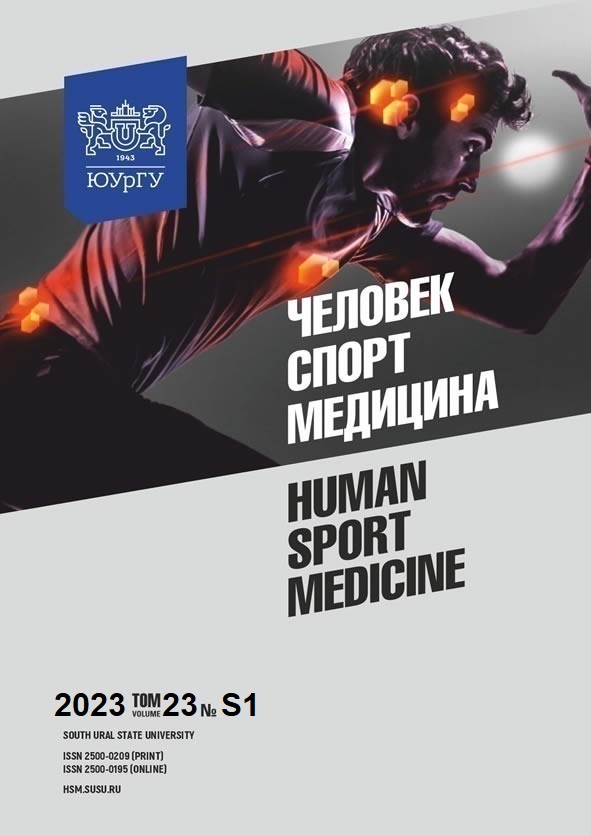A COMPARATIVE ANALYSIS OF THE MAIN ACTIVITIES OF NATIONAL ANTI-DOPING ORGANIZATIONS
Abstract
Aim. The paper was aimed at identifying ways to improve anti-doping policy based on a comparative analysis of the main activities of national anti-doping organizations in Russia, Great Britain, the USA, Germany, France, and Canada. Materials and methods. The aforementioned countries have been chosen as soon as they are recognized as leaders of the global anti-doping movement, have numerous national teams, and are among the top ten countries in the Olympic medal table. The annual reports of national anti-doping organizations, along with the annual reports of the World Anti-Doping Agency (Anti-Doping Testing Figures Report, Anti-Doping Rules Violations Report), were used to obtain data about doping testing, anti-doping educational activities, imposing sanctions in cases of anti-doping rule violations, and issuing therapeutic use exemptions. Other activities of national anti-doping organizations were not taken into account, as long as they were not supported by statistical data. Results. The results obtained show the high effectiveness of anti-doping educational activities in Russia. Moreover, RUSADA demonstrates a high percentage of sanctions for anti-doping rule violations. At the same time, the number of therapeutic use exemptions is significantly lower compared to other countries. Conclusion. The results obtained indicate that special attention should be paid to systematic educational activities aimed at improving the anti-doping literacy of athletes and related personnel. Clean sport ambassadors (famous athletes) and volunteers are required to promote anti-doping values.
References
References on translit
Copyright (c) 2023 Human. Sport. Medicine

This work is licensed under a Creative Commons Attribution-NonCommercial-NoDerivatives 4.0 International License.















